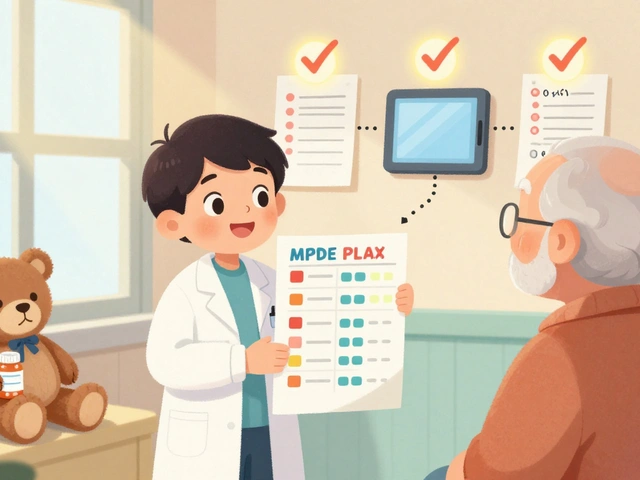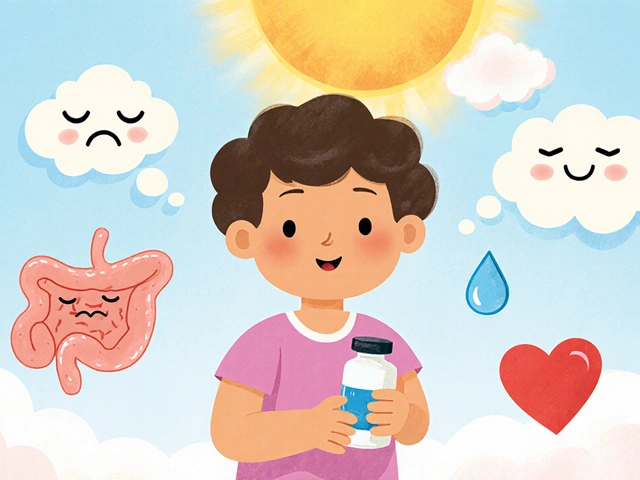ANDA Process: What It Means for Generic Drugs and Your Prescription Safety
When you pick up a generic pill at the pharmacy, chances are it went through the ANDA process, the Abbreviated New Drug Application pathway the U.S. Food and Drug Administration uses to approve generic versions of brand-name medications. Also known as generic drug approval pathway, it’s the backbone of affordable medicine in the U.S.—but most people have no idea how it works or what to look for when their prescription changes.
The ANDA process doesn’t require new clinical trials. Instead, the manufacturer must prove their generic drug is therapeutically equivalent to the brand-name version. That means same active ingredient, same dose, same way it’s taken, and same effect in your body. The FDA checks this using strict bioequivalence standards—blood levels must match within a tight range. If it passes, the drug gets an AB code in the Orange Book, meaning it’s approved for automatic substitution. But not all generics are equal. Some get a B code, which tells pharmacists: "Don’t swap this without checking with the doctor." That’s why problem generics and therapeutic equivalence codes show up so often in patient stories.
Why does this matter to you? Because even tiny differences in how a drug is absorbed can cause big problems—especially with narrow therapeutic index (NTI) drugs. Think warfarin, thyroid meds, or epilepsy drugs. A 10% change in blood level might mean your clotting time goes off track, or you have a seizure. That’s why therapeutic drug monitoring is critical for some patients on generics. And that’s also why pharmacists are trained to flag when a generic isn’t working the same way as the brand. You might notice your blood pressure isn’t as controlled, your anxiety flares up, or your pain returns. These aren’t "all in your head." They’re signals the generic might not be matching the original.
The ANDA process isn’t broken—it’s essential. It keeps drugs affordable and accessible. But it’s not perfect. Some manufacturers cut corners. Some formulations behave differently in the body. And the FDA doesn’t test every batch. That’s why the posts here focus on real-world outcomes: how to spot when a generic isn’t working, when to ask for the brand, how to read the Orange Book codes, and what to do if your doctor or pharmacist doesn’t take your concerns seriously. You’ll find guides on generic drug safety, therapeutic equivalence, and how to protect yourself when switching meds. This isn’t theory. It’s what happens when you take a pill that’s supposed to be the same—but isn’t.




